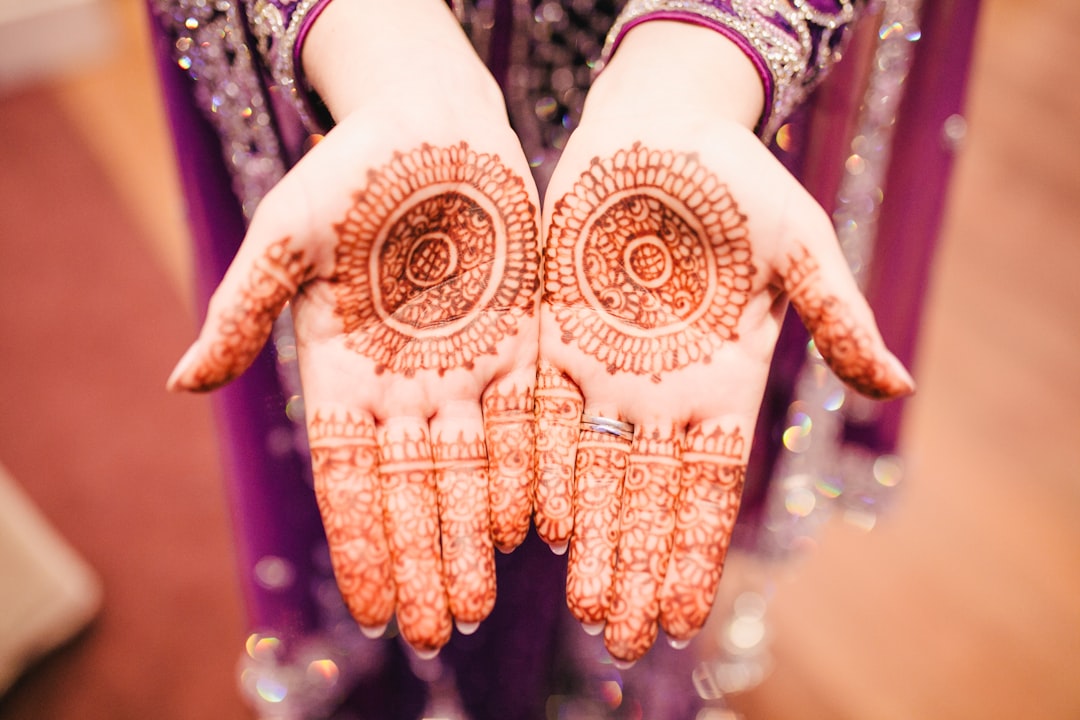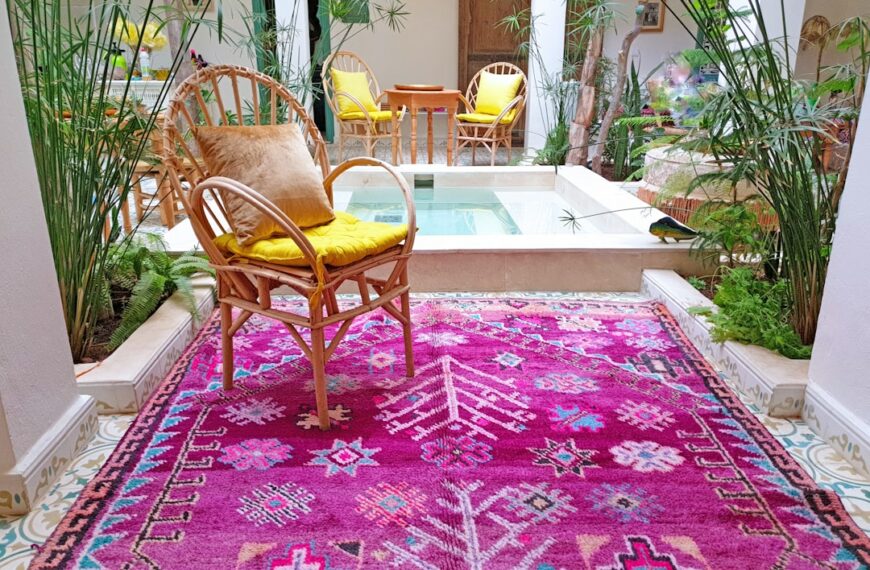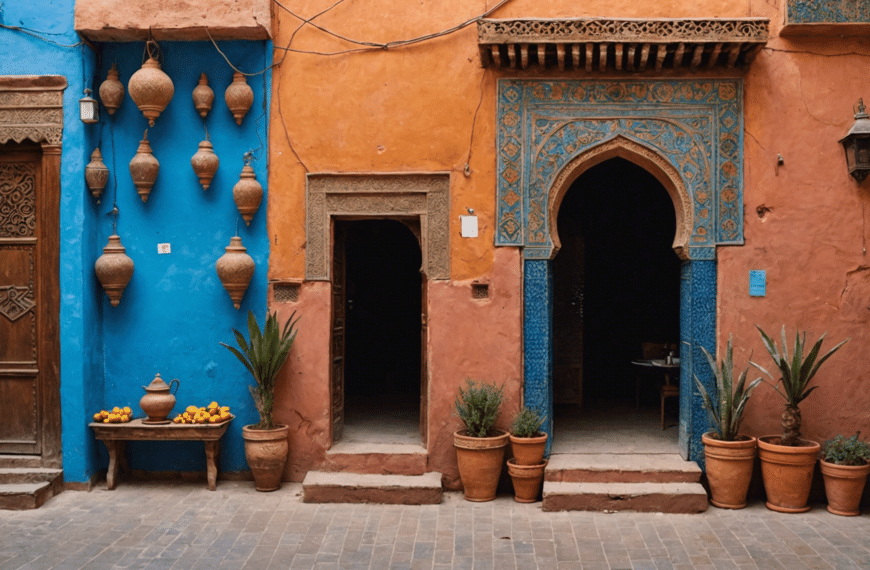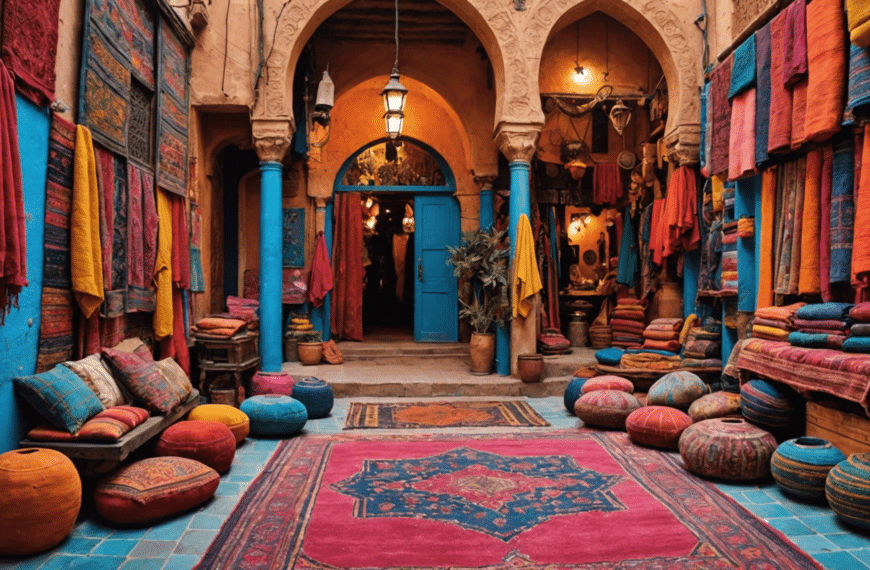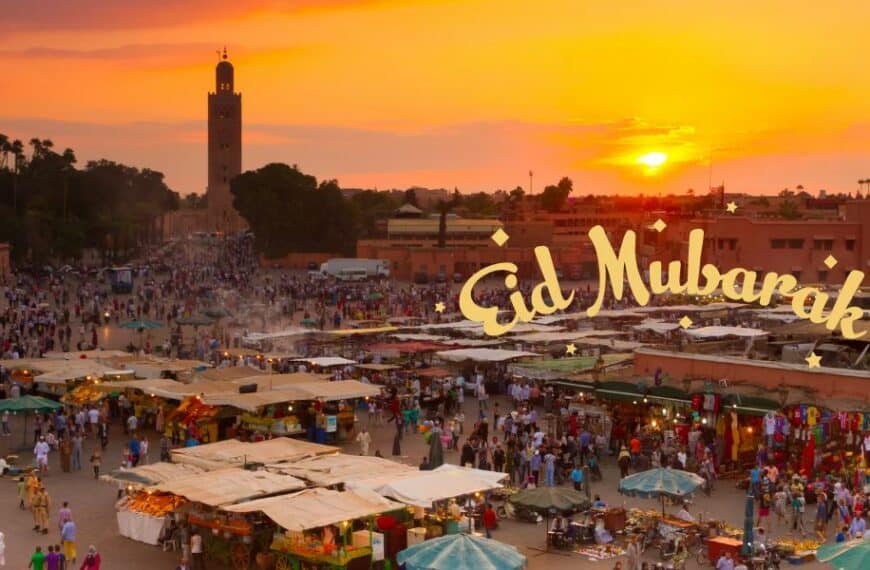Alfred Hitchcock, renowned as the “Master of Suspense” for his groundbreaking work in cinema, is not typically associated with love stories. However, his personal relationship with the city of Marrakech in Morocco is often described in romantic terms. Marrakech, with its vibrant culture, exotic atmosphere, and colorful landscapes, captured Hitchcock’s imagination and left an indelible mark on his life and work.
Hitchcock’s fascination with Marrakech can be traced back to the mid-1950s when he first visited the city. It was during the filming of “The Man Who Knew Too Much” in 1956 that Hitchcock’s love affair with Marrakech began. The bustling souks, labyrinthine streets of the medina, and the majestic Atlas Mountains provided a picturesque backdrop for his cinematic vision.
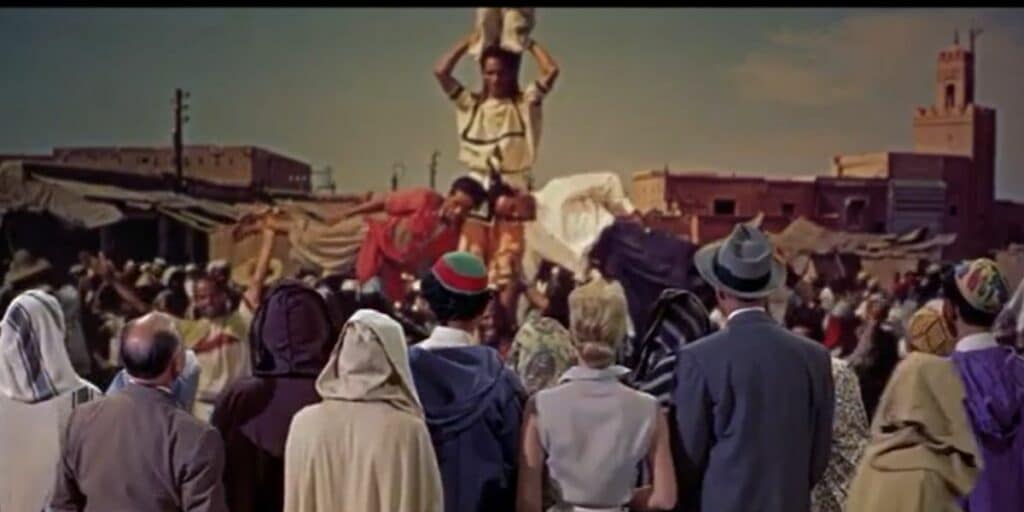
Drawn to Mystery and Intrigue
One of the aspects that drew Hitchcock to Marrakech was its sense of mystery and intrigue. The city’s exoticism and enigmatic charm resonated deeply with his cinematic sensibilities. He was known to wander the narrow alleys of the medina, soaking in the sights, sounds, and smells of this ancient city. Marrakech, with its juxtaposition of ancient traditions and modern influences, offered endless inspiration for the director known for his mastery of suspense.
A Taste of Hospitality
Beyond the aesthetic appeal, Marrakech held a special place in Hitchcock’s heart for its hospitality and warmth. He developed a fondness for Moroccan cuisine, particularly the flavorful tagines and aromatic mint tea. The hospitality of the Moroccan people left a lasting impression on him, and he often spoke fondly of his interactions with locals during his visits to Marrakech.
Marrakech in Hitchcock’s Work
Hitchcock’s love for Marrakech is also reflected in his work. The city served as a backdrop for several of his films, albeit sometimes disguised as other locations. In “The Man Who Knew Too Much,” Marrakech stands in for the fictional city of “Ambrose.” The film’s climactic scene, set in the bustling Jemaa el-Fnaa square, captures the chaotic energy of Marrakech’s famous marketplace.
Additionally, Hitchcock filmed parts of “The Man Who Knew Too Much” at various iconic locations in Marrakech, including the stunning Bahia Palace and the historic Koutoubia Mosque. These locations added to the authenticity and richness of the film’s portrayal of Marrakech.
A Sanctuary from Hollywood
In addition to its cinematic allure, Marrakech provided Hitchcock with a sense of escape from the pressures of Hollywood. The tranquil gardens of the city’s palaces offered a respite from the hustle and bustle of Tinseltown, allowing him to recharge and find inspiration in the serene surroundings.
The Enduring Affection
Hitchcock’s love affair with Marrakech continued throughout his life, and he often returned to the city whenever he sought inspiration or relaxation. His connection to Marrakech serves as a testament to the city’s timeless allure and its ability to captivate the imagination of even the most discerning of storytellers.
Alfred Hitchcock’s love story with Marrakech is one of fascination, inspiration, and admiration. The city’s exotic charm, rich culture, and warm hospitality captured the director’s heart and left an indelible mark on his life and work. Marrakech, with its labyrinthine streets, bustling souks, and majestic landscapes, provided the perfect backdrop for Hitchcock’s cinematic vision, and his enduring affection for the city serves as a testament to its timeless allure.


